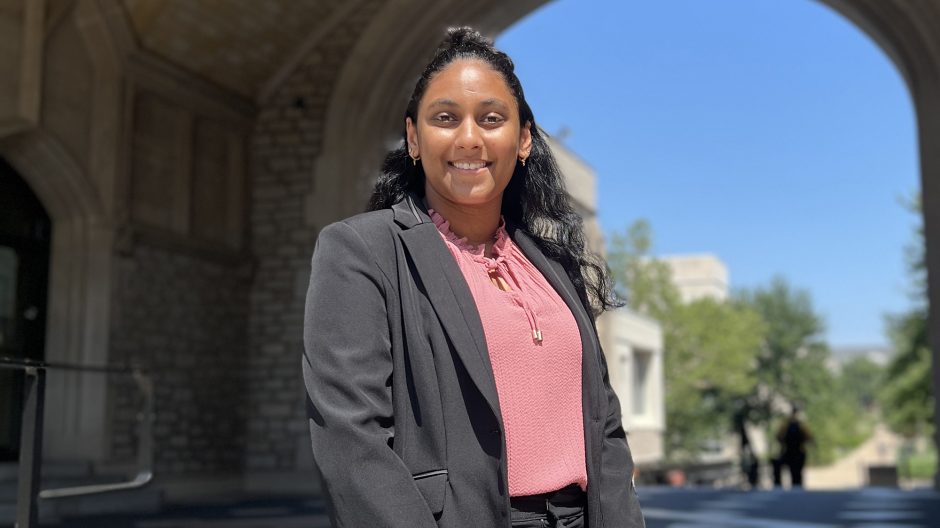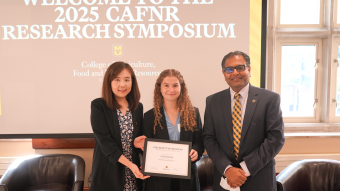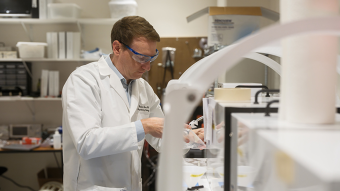
Nov. 8, 2023
Devanshi Patel knows what it’s like to live through a pandemic in Missouri.
Graduating from high school and starting at the University of Missouri in 2020, Patel observed the state’s mask mandates, gathering restrictions and public health responses. Little did she know she’d be researching these same phenomena for a pandemic that took place a century prior.
Spending the summer working with Carolyn Orbann, an associate teaching professor in the Department of Health Sciences, Patel wrote the introduction to a research manuscript on the 1918 flu pandemic. The flu pandemic began in February of 1918, and as the world fought the virus, soldiers fought in World War I.
Mizzou contributed to the American war effort by hosting the Student Army Training Corps who were intended to study at Mizzou and then get drafted. However, the war ended before they went to the battlefield.
Because of this military presence at Mizzou, Columbia has a detailed chronicle of the area’s pandemic response, including digitized records of old issues of the Columbia Missourian and Missouri death records. Together, they provide insight into medical progress, community attitudes and public health practices.
Patel used these resources and combed through articles and death records to create graphics and timelines to show the progression of the flu pandemic. Her portion of the overarching research project focuses on the community actions related to the flu.
The parallels between the COVID-19 pandemic and the 1918 flu pandemic might seem surprising, but they were part of the motivation for Orbann’s research, which focuses on improving public health approaches to future pandemics using historical information.
“For me, researching and sharing my findings about past pandemics helps us to build connections with past populations,” Orbann said. “It helps us to feel better in a time of uncertainty and potentially even use public health tools more effectively than in the past.”
The patterns between the two pandemics are not always obvious. Part of Patel’s work involved examining both events and looking for similarities in behavior from people as well as the university.
“In Boone County during the 1918 pandemic, we saw many of the same fears, actions and reactions that we saw in 2020 during the COVID pandemic,” Orbann said. “The university closed early for the semester; churches, public schools and theaters closed or had occupancy limits; mask mandates were in place. Most people in 2020 didn’t know how similar their experiences were to those of 1918 Columbians.”
In putting together the manuscript, Patel has seen the most significant skill growth in her communication abilities and resilience. So much can go wrong in research — and unexpected discoveries can emerge — but Patel says problem-solving abilities spark growth in those moments.
“There’s a lot you can learn in research that you can’t learn in a classroom,” she said. “The labs we take for class are very controlled, but in research a million things don’t go the way you expect. Even when one thing goes right, it’s all the ways that it didn’t go how you intended that are the learning experiences.”
Once she graduates from Mizzou with her bachelor’s degree in health science, Patel plans to attend medical school to become a primary care physician. As a physician, she said these research skills will help her stay updated on progress in the medical community to adopt new treatments and learn more about different diseases.
Read more from the College of Health Sciences


